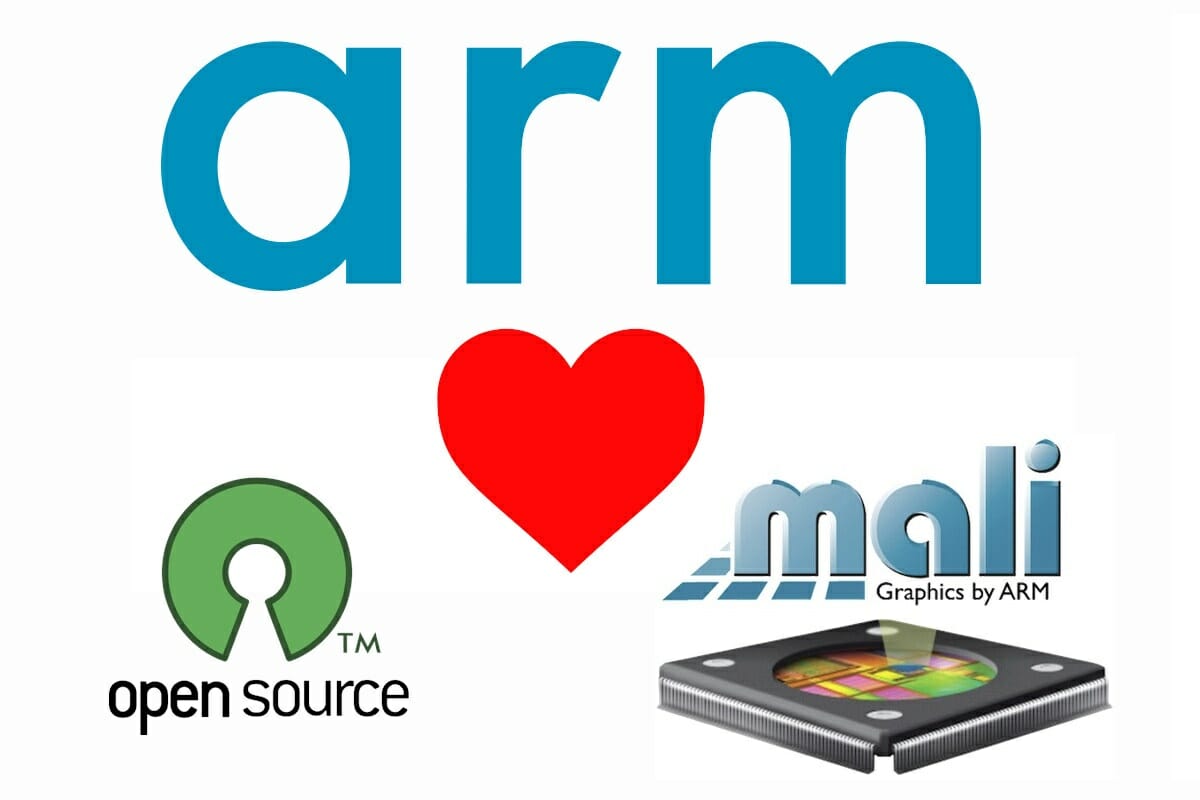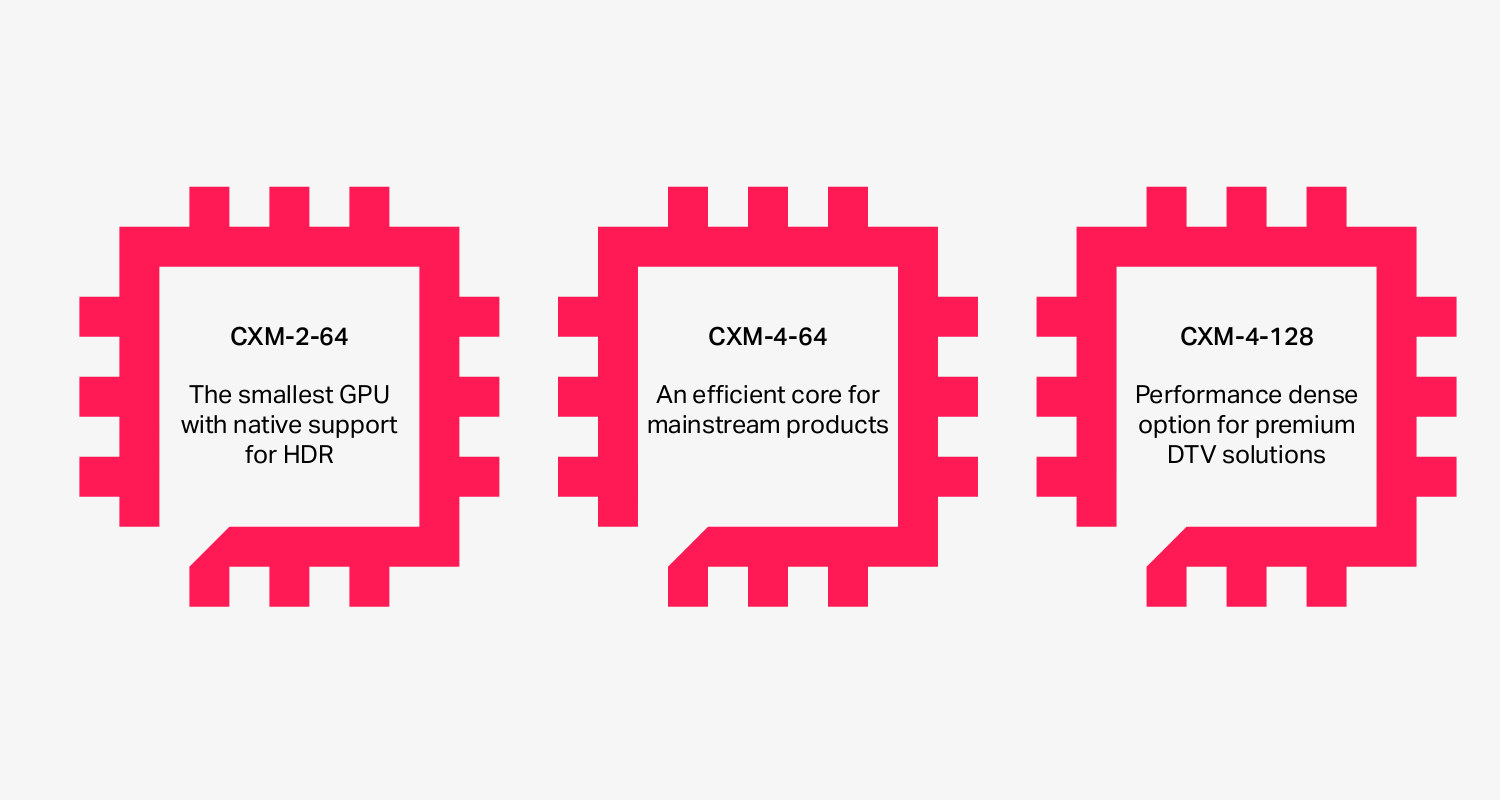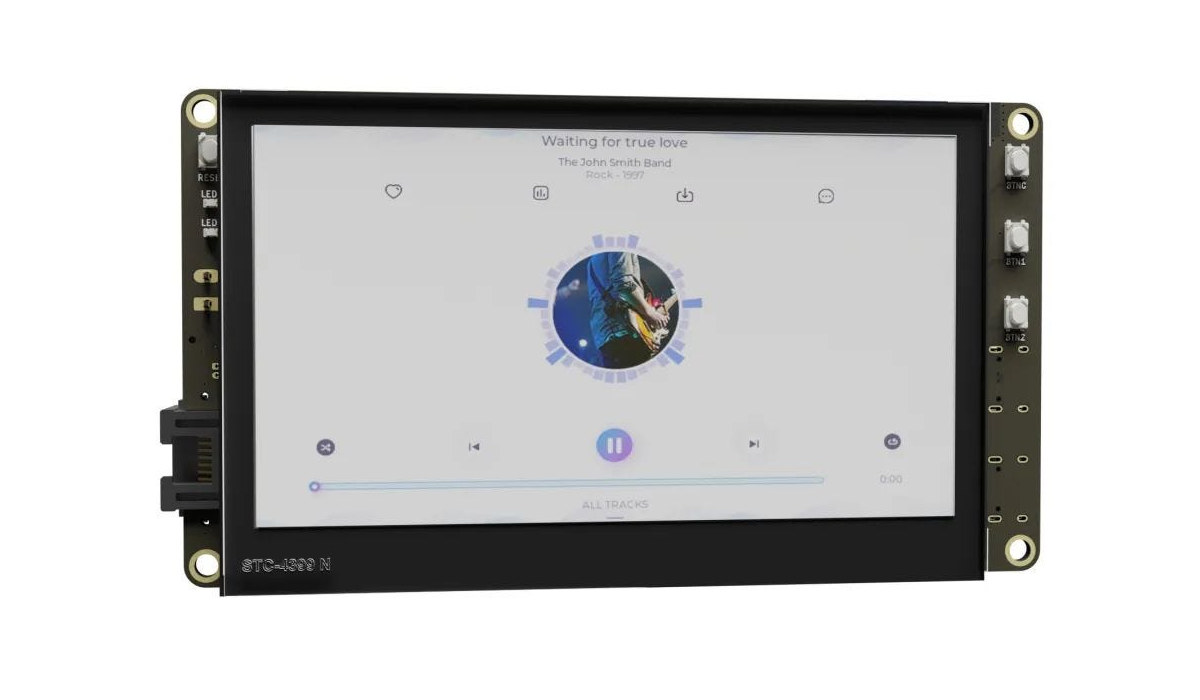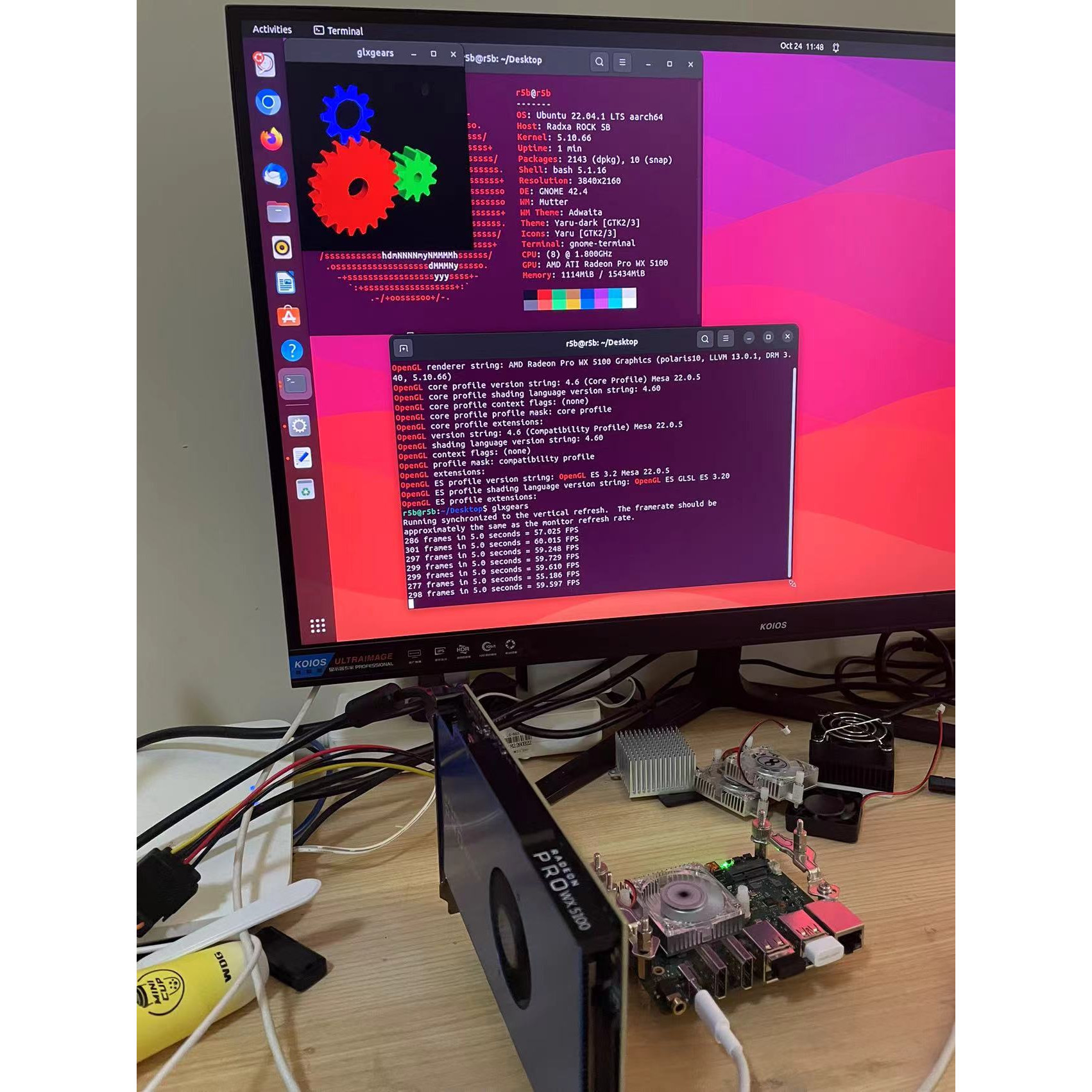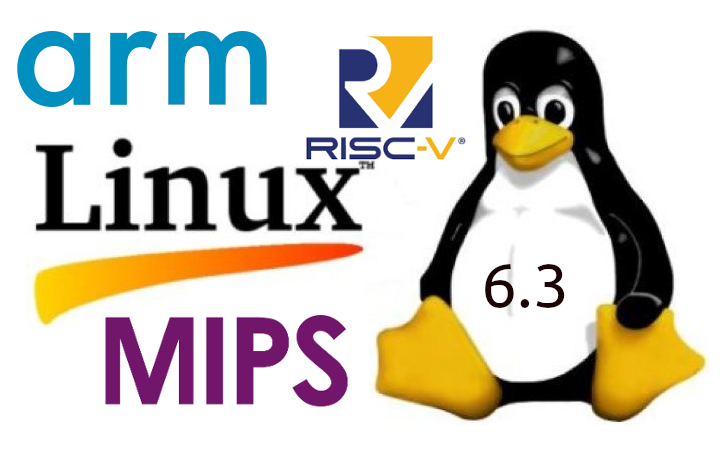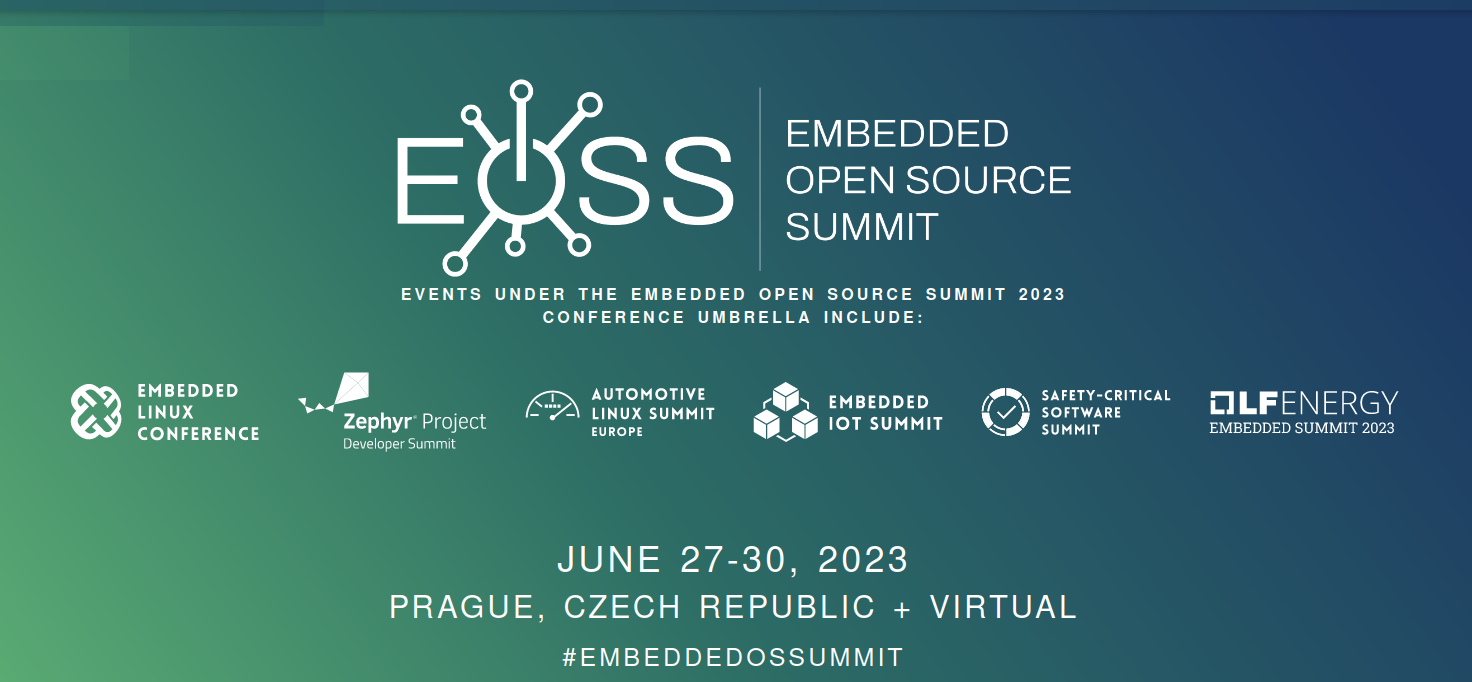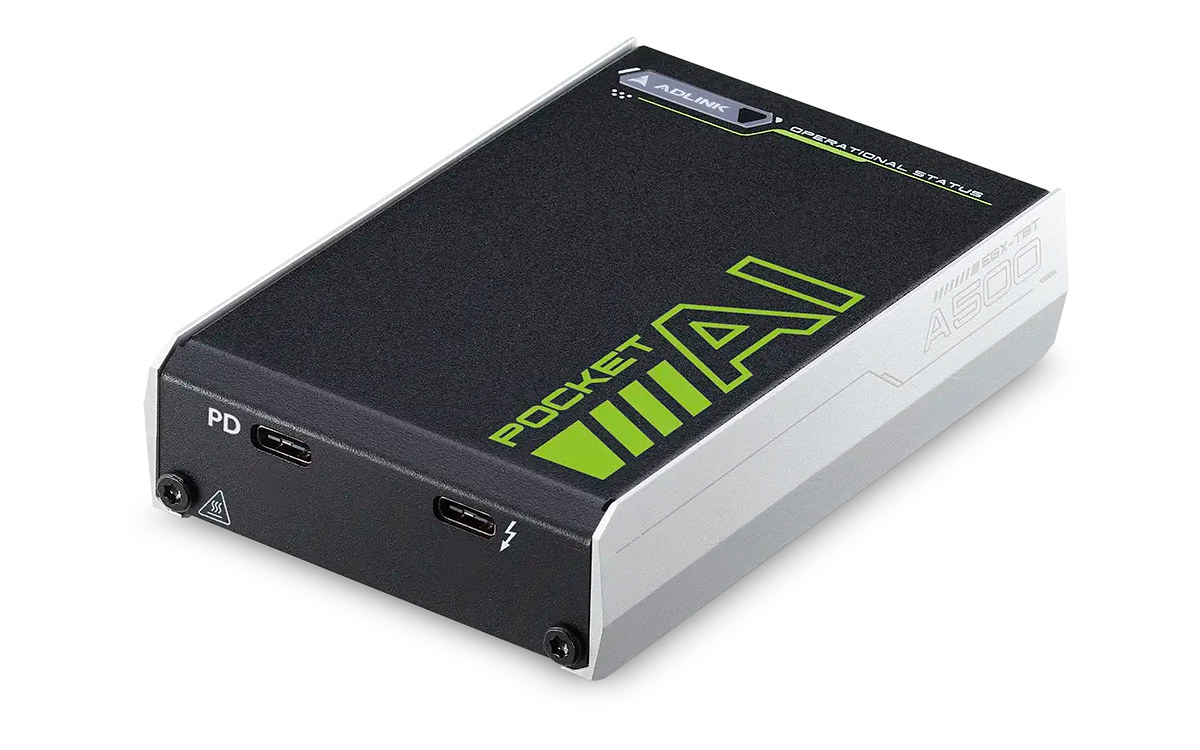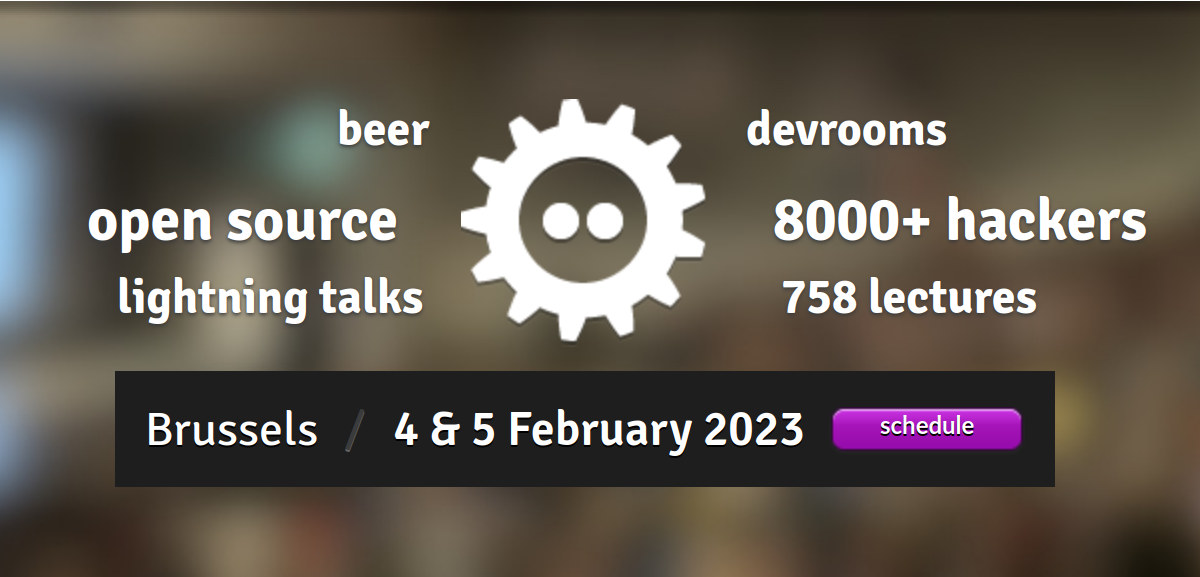Arm is now saying that “in effect, Panfrost is now the GPU driver for the Linux community” after having extended and expanded the collaboration with Collabora for the development of the open-source Panfrost driver for Arm Mali GPUs, following their first official collaboration in the fall of 2020. Arm goes even as far as to claim that “through the Arm and Collabora partnership, device manufacturers can confidently choose SoCs containing a Mali GPU regardless of the software operating system (OS) and graphics middleware… delivering a high-quality open-source Linux implementation which can be used in their products”. Collabora confirmed the new partnership saying Arm will be instrumental in getting Vulkan support in Panfrost alongside the existing OpenGL and OpenGL ES implementations. Going forward that means SBC vendors will have no excuse for not getting 3D graphics acceleration working on Linux with Panfrost when using an Arm SoC with a recent Mali […]
Imagination IMG CXM is a small GPU with HDR support for TV boxes, wearables, and Smart Home appliances
Imagination IMG CXM is a power-efficient embedded GPU family with HDR support user interfaces, thus enabling OEMs to provide users the enriching visual experience they have come to expect but at a lower cost and with more design flexibility. The new CXM GPUs also deliver close to 50% performance density improvement over IMG BXM consumer GPUs, offer support for 10-bit RGBA/YUV to deliver a HDR graphical user interface with less visible banding, and integrate well with Imagination RISC-V CPUs. Three CXM GPUs are available: The CXM-2-64 with 2 pixels per clock (PPC) and 64 FLOPS per clock is the smallest GPU with native support for HDR The CXM-4-64 with 4 pixels per clock (PPC) and 64 FLOPS per clock targets mainstream products The CXM-4-128 with 4 pixels per clock (PPC) and 128 FLOPS per clock targets is better suited to “premium DTV solutions” All share the following features: 10-bit RGBA/YUV […]
$25 Renesas “HMI Board” features RA6M3 microcontroller for RT-Thread & LVGL development
The Renesas HMI board is a Renesas RA6M3 Cortex-M4F development board with a 4.3-inch LCD developed in collaboration with the teams behind the RT-Thread RTOS project and LVGL open-source graphics library. Besides a color display for HMI (Human Machine Interface), the board also features a microSD card for data storage, Ethernet and WiFi connectivity, Arduino headers and PMOD connectors for expansion, a microphone and a speaker, a CAN bus terminal block, and two USB-C ports for debugging and power. Renesas HMI board specifications: MCU – Renesas RA6M3 (R7FA6M3AH3CFB) Arm Cortex-M4F microcontroller @ 120MHz with 2MB Flash, 640KB RAM, TFT controller, 2D accelerator, and JPEG decoder. Storage – MicroSD card slot Display – 4.3-inch LCD (RGB 888) Audio – Microphone and speaker Networking Low-profile 10/100M Ethernet RJ45 port RW007 SPI WiFi module by Shanghai Ruiside Electronic Technology USB – 2x USB Type-C ports Serial – 2-pin CAN bus terminal block Expansion […]
AMD Radeon PCIe graphics card tested with a Rockchip RK3588 SBC (Radxa Rock 5B)
When Rockchip first introduced the Rockchip RK3399 processor with a PCIe interface people initially hoped they could connect graphics card, but those hopes were quickly squashed due to a 32MB addressing limit. However, the PCIe implementation on the newer Rockchip RK3588 processor does not have such a limitation, and last November, Radxa teased a demo with an AMD Radeon Pro WX 5100 PCIe graphics card connected to the Rock 5B SBC running the glxgears demo on the Radeon GPU. I couldn’t find any instructions to reproduce this setup, but this got Jasbir interested, and he tried to do a test of his own with the Radxa Rock 5B connected to an AMD Radeon R7 520 (XFX R7 250 low-profile) through an “M.2 Key M Extender Cable to PCIE x16 Graphics Card Riser Adapter” ($14 plus taxes on Aliexpress) and powered by an LR1007 120W 12VDC ATX board. The experiment was […]
Linux 6.3 release – Notable changes, Arm, RISC-V and MIPS architectures
Linux Torvalds has just announced the release of Linux 6.3 on the Linux Kernel Mailing List (LKML): It’s been a calm release this time around, and the last week was really no different. So here we are, right on schedule, with the 6.3 release out and ready for your enjoyment. That doesn’t mean that something nasty couldn’t have been lurking all these weeks, of course, but let’s just take things at face value and hope it all means that everything is fine, and it really was a nice controlled release cycle. It happens. This also obviously means the merge window for 6.4 will open tomorrow. I already have two dozen pull requests waiting for me to start doing my pulls, and I appreciate it. I expect I’ll have even more when I wake up tomorrow. But in the meantime, let’s enjoy (and test) the 6.3 release. As always, the shortlog […]
Embedded Open Source Summit 2023 schedule – Zephyr OS, Security, IoT, Embedded Linux, and more
The Linux Foundation has just announced the full schedule for the Embedded Open Source Summit, which will take place on June 27-30, 2023 in Prague, Czech Republic, as well as virtually starting on June 26. Over 175 sessions, birds of a feather (BoF) tracks, and workshops related to embedded and open-source innovation will be presented at the event itself comprised of six micro conferences: Automotive Linux Summit Europe, Embedded IoT Summit, Embedded Linux Conference, LF Energy Embedded Summit, Safety-Critical Software Summit, and Zephyr Project Developer Summit. Even though I’m not going to attend personally, I’ve gone through the schedule to create my own little virtual schedule with some sessions relevant that should be interesting to me and hopefully to CNX Software readers. Monday, June 26 (Virtual sessions) The first day of the event will have a Yocto Dev training in the morning, and a bunch of virtual sessions that are […]
Pocket AI – A portable NVIDIA RTX A500 eGPU for AI developers, embedded & industrial applications
We’ve previously seen it’s possible to connect an eGPU to a mini PC through a PCIe x16 to M.2 NVMe adapter or a Thunderbolt 3 port, but while it’s fine to install on your desk for gaming or develop AI applications, the eGPU being larger than most mini PCs, it’s a little too big to integrate into products, and potentially inconvenient to carry around. ADLINK Pocket AI portable eGPU changes that with an NVIDIA RTX A500 GPU housed in a 106 x 72 x 25mm box that’s about the size of a typical power bank and connects to a host through a Thunderbolt 3 connector. The company says the upcoming eGPU is mostly designed for AI developers, professional graphics users, and embedded industrial applications, but can also be for gaming. Pocket AI specifications: GPU – NVIDIA RTX 500 Architecture – NVIDIA Ampere GA107 Base clock: 435 MHz Boost clock: 1335 […]
FOSDEM 2023 schedule – Open-source Embedded, Mobile, IoT, Arm, RISC-V, etc… projects
After two years of taking place exclusively online, FOSDEM 2023 is back in Brussels, Belgium with thousands expected to attend the 2023 version of the “Free and Open Source Developers’ European Meeting” both onsite and online. FOSDEM 2023 will take place on February 4-5 with 776 speakers, 762 events, and 63 tracks. As usual, I’ve made my own little virtual schedule below mostly with sessions from the Embedded, Mobile and Automotive devroom, but also other devrooms including “Open Media”, “FOSS Educational Programming Languages devroom”, “RISC-V”, and others. FOSDEM Day 1 – Saturday February 4, 2023 10:30 – 10:55 – GStreamer State of the Union 2023 by Olivier Crête GStreamer is a popular multimedia framework making it possible to create a large variety of applications dealing with audio and video. Since the last FOSDEM, it has received a lot of new features: its RTP & WebRTC stack has greatly improved, Rust […]


